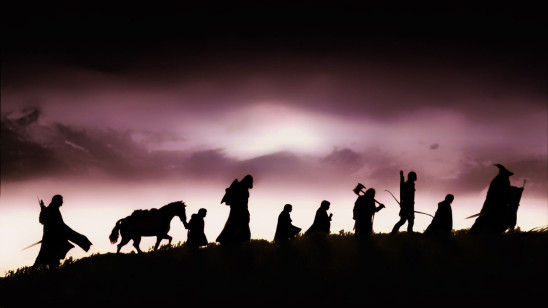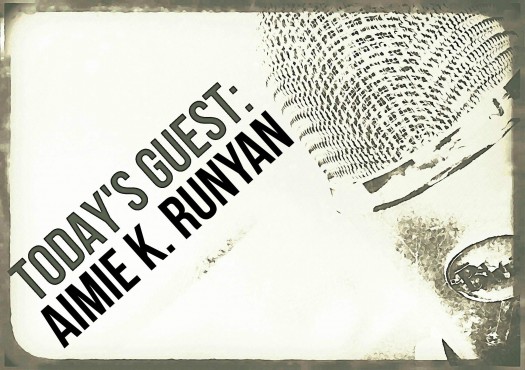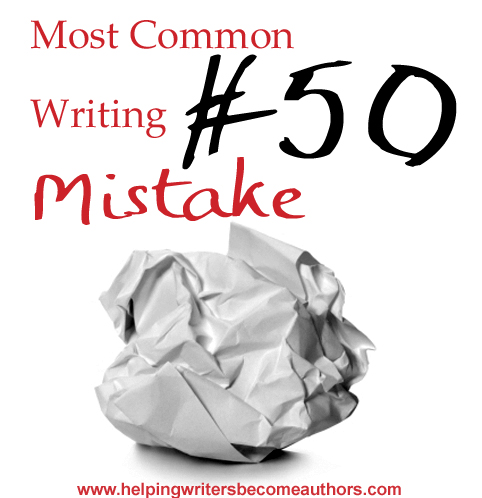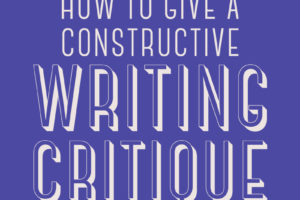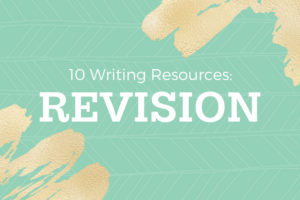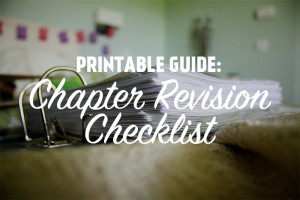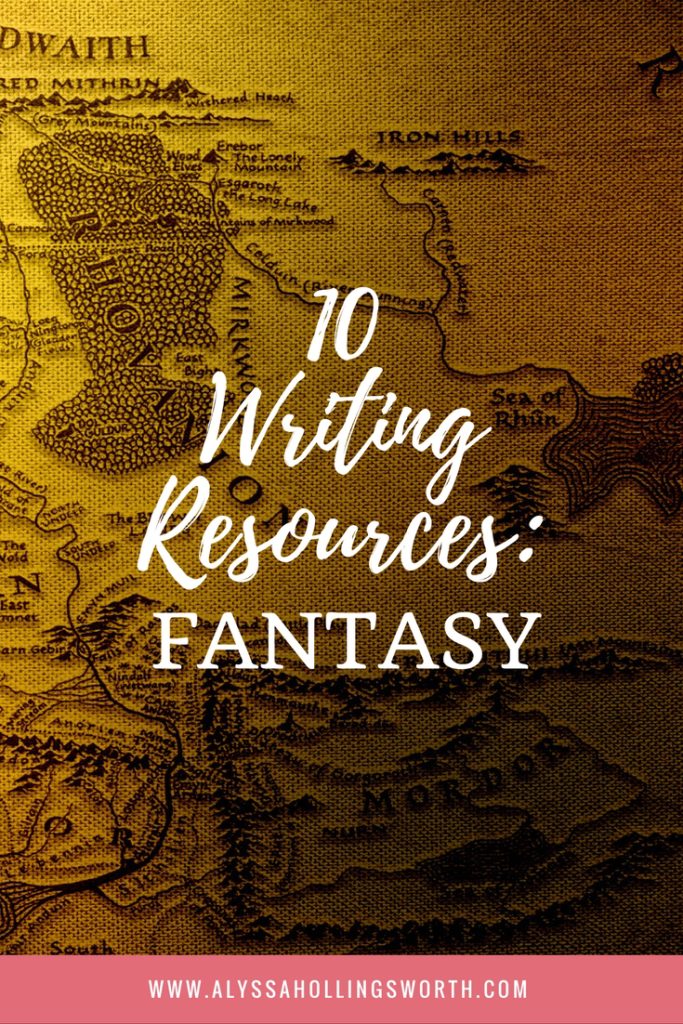 Even though my debut, The Eleventh Trade, will be a contemporary story, fantasy remains my true love. There’s so much room for exploration, creativity, and experimentation — and I can’t wait to get back back to it! But in the meanwhile, here are some resources I’ve found helpful that you might enjoy, too.
Even though my debut, The Eleventh Trade, will be a contemporary story, fantasy remains my true love. There’s so much room for exploration, creativity, and experimentation — and I can’t wait to get back back to it! But in the meanwhile, here are some resources I’ve found helpful that you might enjoy, too.
My first golden rule of fantasy: The more real you want it to be, the more solid details you should use. I don’t mean like “the blue door that was chipped around the handle except for where it wasn’t chipped, aka everywhere else, and also it smelled like smoke.” Not overwhelming, unnecessary details. But details that make the fantastical tangible. One example: In my manuscript, each magician has a sort of smell when they perform magic (sage, wood smoke, that sort of thing), often which correlates to something in their history.
Clear as mud?
And here are some great resources to check out:
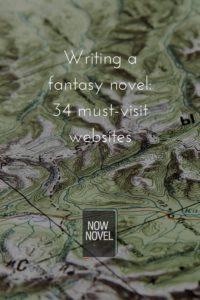
1. Writing a fantasy novel: 34 must-visit websites
Writing a fantasy novel involves many considerations: Worldbuilding, avoiding clichés of the genre, using popular elements such as magic originally and more. These 34 must-visit fantasy writing resources will help you with every aspect from creating fantasy maps to naming your fantasy characters.
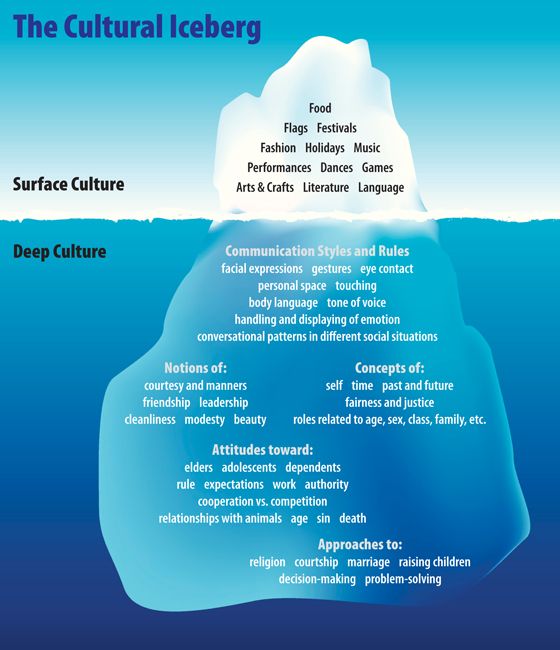
2. The Cultural Iceberg
The culture or cultures you grow up in affect your deepest attitudes and beliefs, giving you your sense of what’s good or right, what feels comfortable, what behavior is acceptable, and conversely what’s not. What other people see may be only those things “on the surface” — for example, the way you talk or act, what you eat and how you dress.
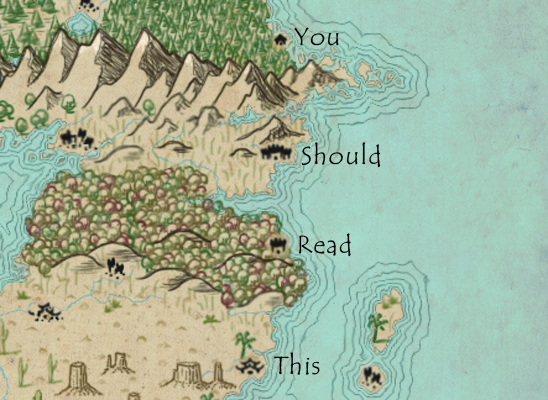
3. Crafting Plausible Maps
Building a map for a fantasy setting involves a lot of details – most of them fun! Art styles, fonts, and icons need to be chosen. But some mapping concerns go beyond mere aesthetics. If you’re building a sizable chunk of continent on an Earth-like world, you’re going to need to keep geology in mind.

4. Writing Things: How Drawing House Maps Can Help Your Writing
You know at the beginning of some books, there are maps of the particular world, or area in the world. These are really helpful with introducing one to the book’s geography and if the book is centered around a fictional world, or a real world place. They’re kinda like road maps, but for a story. I love drawing these maps for different stories of mine.
5. Land Travel Before Engines
Many fantasy stories involve traveling from one city to another, often in worlds without engine technology. Before cars and trains, traveling over land was exhausting and dangerous. The logistics of a trip were completely different from today. Here’s what you should know before your characters wander through an enchanted forest or sneak into enemy territory.
6. Research is the Spice of Life
It doesn’t matter what genre of fiction you write, chances are you will have to research at least a few details throughout the course of writing your novel. It can be time consuming, and the material you find can be overwhelming. Worse, when the details you uncover are used inexpertly, it can bog down your writing.
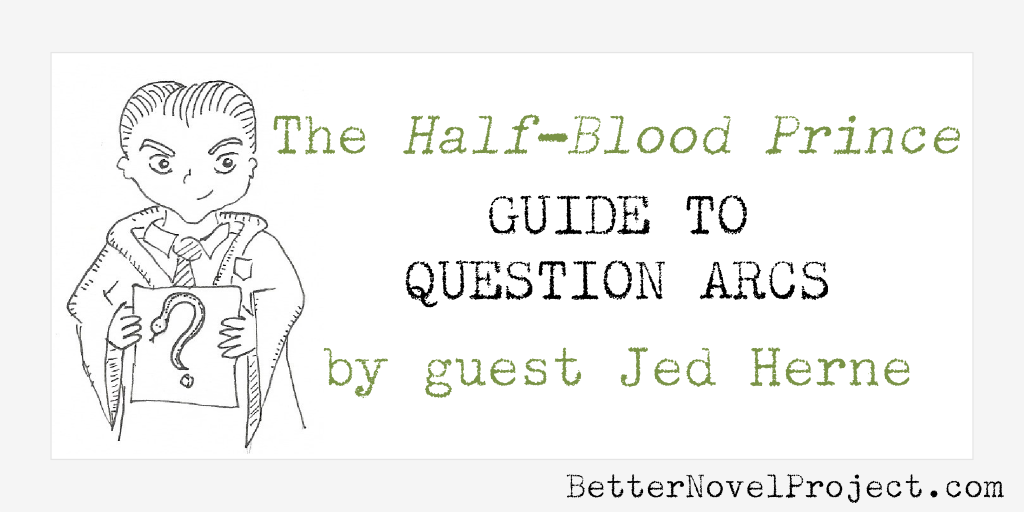
7. The Half-Blood Prince Guide to Question Arcs
A question arc in your novel can help build suspense (a state or condition of mental uncertainty or excitement, as in awaiting a decision or outcome, accompanied by apprehension or anxiety). The desire to know the answers to riddles or mysteries will keep many readers hooked. Let’s look at how a question arc captivates readers in Harry Potter & the Half-Blood Prince.
8. Most Common Writing Mistakes, Pt. 50: Info Dumps
On its most fundamental level, a novel is nothing more or less than the dissemination of information. As such, the writer who understands exactly how and where to share information is a writer who understands the most fundamental skill of storytelling.
That’s why info dumps are such a big, bad deal. They’re peanut butter in the delicate gears of your story’s machinery. They’re clunky, awkward, and they gum up the works — sometimes fatally.

9. The Rules of Magic, According to the Greatest Fantasy Sagas of All Time
Magic is mysterious and ancient, and its workings are often beyond the understanding of mere mortals. But that doesn’t mean that magic doesn’t have rules.
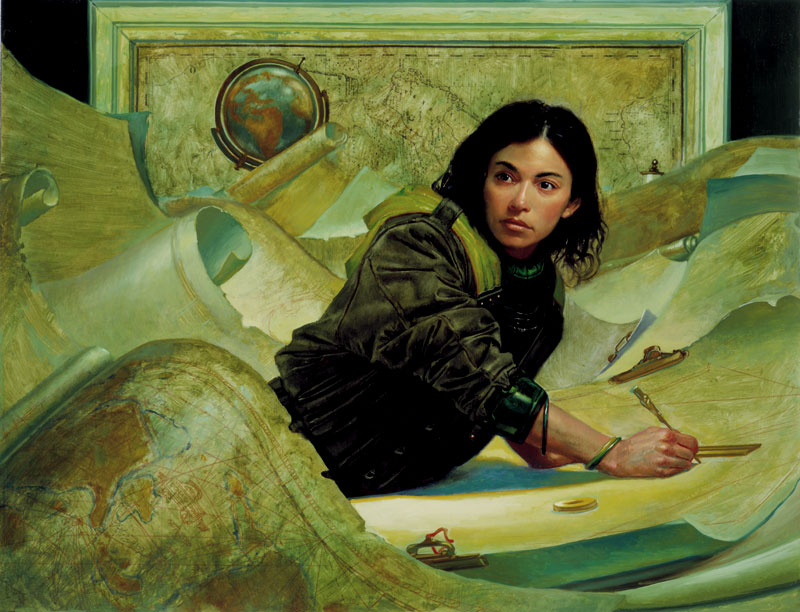
Art by Donato
10. The Initial Steps of Worldbuilding: Architect, Gardener, Tourist
Listening to the news in the real world – that horrid place where dragons are small and kept in vivaria and pixie is just a kind of haircut – it is very apparent that life is a very complicated place. Anything from the politics between two warring countries, down to a neighbourly dispute on a single street, the world we live in is complicated, intertwined and gorgeously abundant with issue. So, when you sit down ready to begin that next big fantasy epic – like I decided to do about a year ago – how do you make sure that your disputes between elves and goblins are as interesting and in depth as reality itself. In another sense, how do you make your world feel real, when it is populated with the exact opposite?


